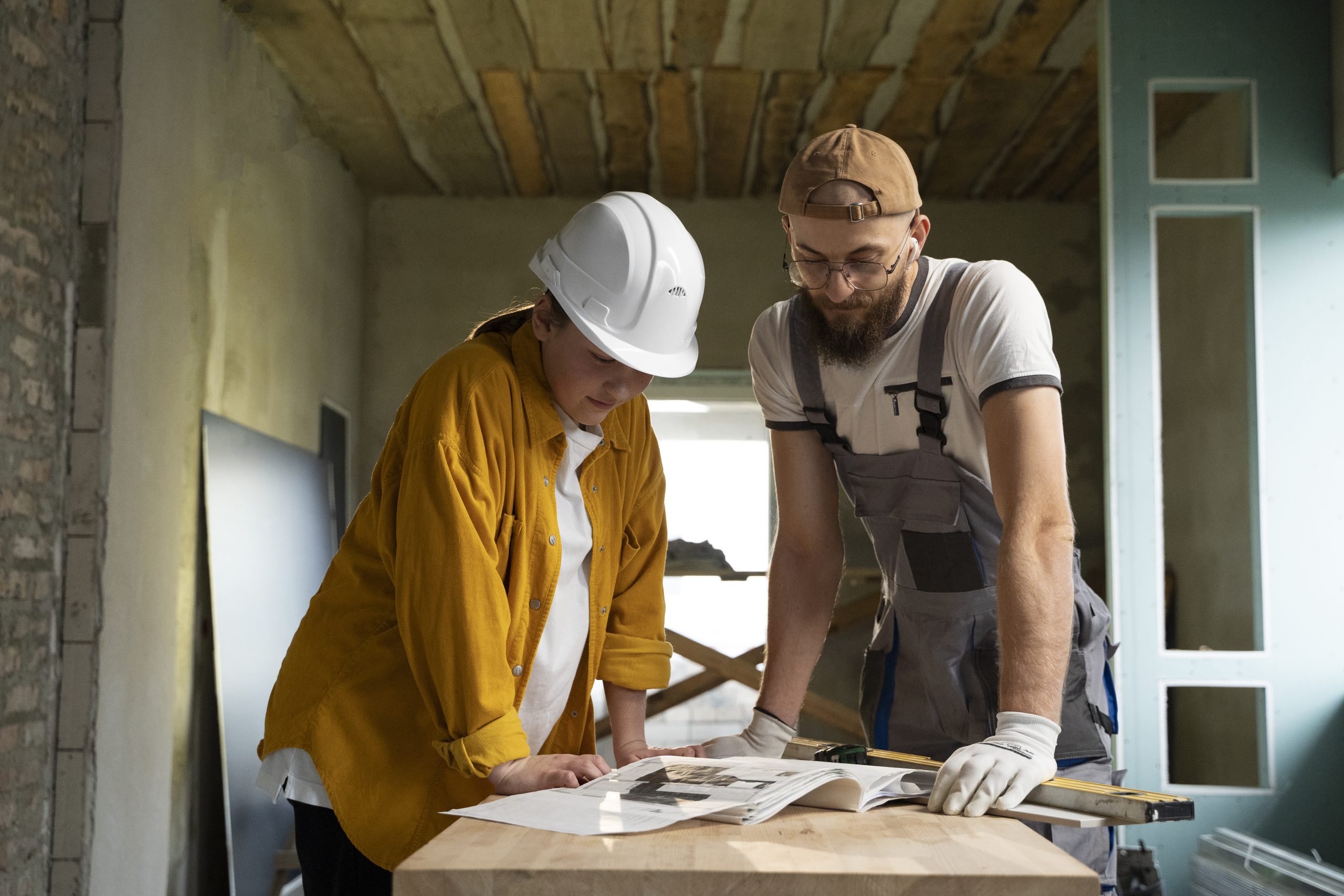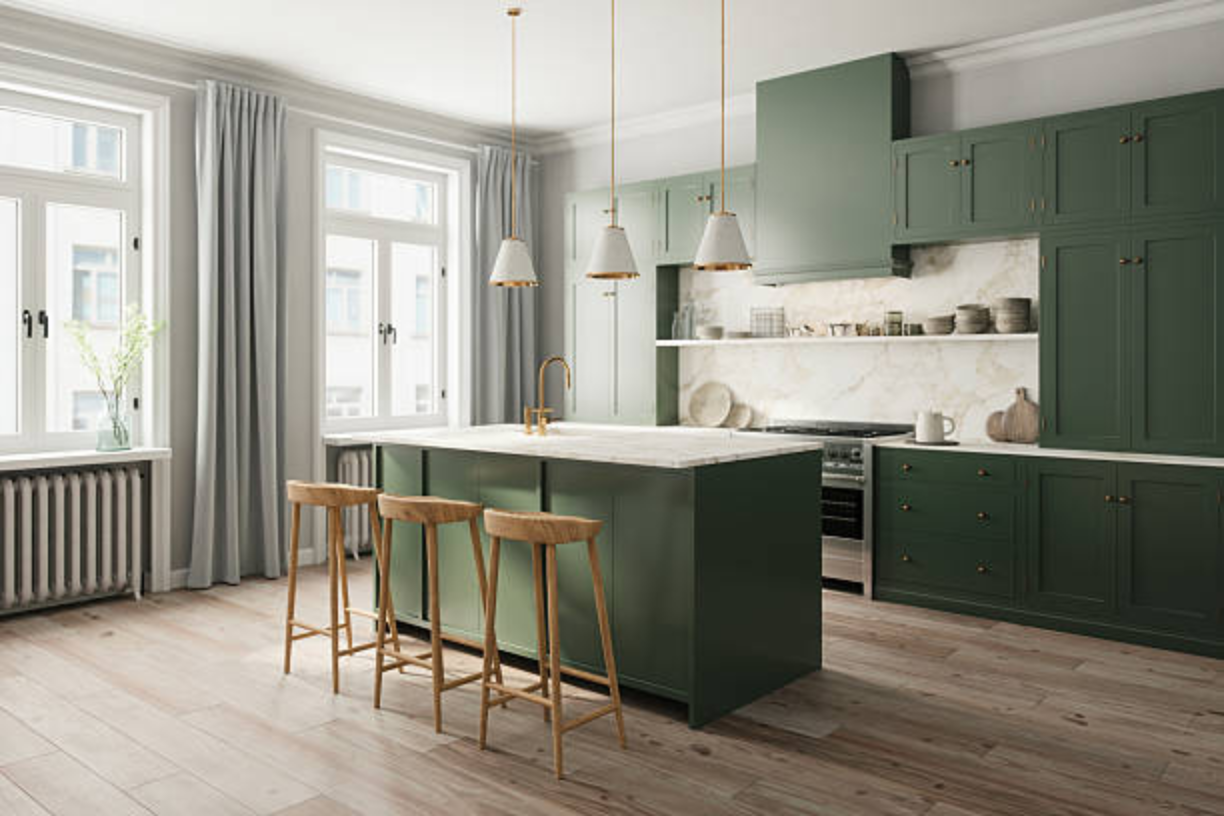For many families in Oakville, the question of space becomes a turning point. Growing households, changing lifestyles, and the desire to stay in a familiar neighbourhood often lead homeowners to consider a home addition. But when it comes to increasing your living area, the central decision is whether to build up with a second-storey addition or out with a rear extension. Each choice has unique benefits, challenges, and long-term implications.
This guide explores the factors that should shape your decision, from zoning laws and permit requirements to cost comparison and day-to-day convenience. It also outlines a practical approach for Oakville residents, helping you weigh your options before committing to a major home renovation.
For more details on tailored options for Oakville homeowners, you can review home additions services that outline local expertise and project considerations.
Understanding the Two Main Types of Home Additions
Home additions in Oakville typically fall into two categories:
- Second-storey addition: Building vertically by adding another floor to your existing structure.
- Rear extension: Expanding the home outward, usually into the backyard, to create more ground-level space.
Both are effective strategies, but the right choice depends on your property size, local zoning restrictions, and lifestyle needs.
Second-Storey Addition: Building Up
A second-storey addition can be an excellent solution for homeowners who want more space but have limited lot size. In Oakville’s established neighbourhoods, where land is valuable and outdoor space may already be tight, this option allows families to double their square footage without reducing yard space.
Benefits of a Second-Storey Addition
- Preserve outdoor space: Ideal if you value your garden or play area.
- Great for bedrooms: Perfect if you need more private living areas, such as bedrooms or bathrooms.
- Long-term investment: Can significantly increase property value, especially in neighbourhoods with high land costs.
Challenges to Consider
- Disruption: Living through construction may be more difficult, as it often involves removing the roof.
- Structural requirements: The foundation must be strong enough to support the additional weight.
- Permit complexity: Approvals for vertical expansions may take longer due to stricter safety reviews.
For homeowners balancing family needs with land constraints, this option often emerges as a practical compromise. You can also see how neighbouring cities approach such projects through examples of home additions in oakville.
Rear Extension: Building Out
For those with spacious lots, a rear extension can offer more design flexibility and less disruption during construction. This approach is common among Oakville homes that already have large backyards or underutilised outdoor areas.
Benefits of a Rear Extension
- Less disruption during construction: Builders can often work without fully impacting your current living space.
- Design freedom: Ideal for enlarging kitchens, dining rooms, or open-plan living areas.
- Simpler structure: May not require the same level of structural reinforcement as building up.
Challenges to Consider
- Reduced outdoor space: May limit yard area for children, pets, or entertaining.
- Zoning restrictions: Rear extensions are often subject to setback requirements that define how close you can build to property boundaries.
- Cost considerations: While sometimes less expensive structurally, costs can rise if landscaping or outdoor features need reworking.
Cost Comparison: Building Up vs. Building Out
While exact costs vary depending on design, materials, and contractors, some general trends can help guide your expectations.
- Second-storey additions typically cost more per square foot because of structural reinforcements, roof removal, and additional staircases.
- Rear extensions can be less expensive in structural terms but may involve extra landscaping, foundation work, and utility relocation.
The real decision comes down to long-term value. A second-storey addition may add greater resale appeal in neighbourhoods with limited land availability, while a rear extension can create a lifestyle-focused, family-friendly layout.
If you’re unsure where your home fits best, discussing options with a full-service contractor is advisable. Oakville’s housing market can make both approaches worthwhile, depending on your priorities.
Zoning Laws and Permit Requirements in Oakville
Before making a final decision, it is essential to understand local regulations. Oakville has specific zoning laws that dictate property setbacks, maximum building height, and floor space ratios.
- Second-storey additions may be subject to stricter height limits and neighbour sightline considerations.
- Rear extensions are often limited by setback rules that govern how far back you can build.
Regardless of your choice, you will need building permits. These ensure the addition complies with safety standards, fire codes, and structural integrity. Navigating permit requirements can be challenging, especially when dealing with potential variances, so homeowners often rely on contractors experienced in Oakville’s building codes.
For a consultation tailored to your home’s requirements, you can reach out through direct contact to better understand the permit process and design feasibility.
Lifestyle Considerations for Oakville Families
Beyond regulations and costs, the way you plan to use your home should guide your decision:
- Second-storey addition works well for families that need more bedrooms, private spaces, or separate living areas for multi-generational households.
- Rear extension is ideal for those who want larger communal areas such as open-plan kitchens, extended living rooms, or accessible ground-floor suites for older family members.
Oakville homeowners, particularly in older neighbourhoods, often weigh lifestyle needs against architectural constraints. For example, preserving backyard space might matter more to families with young children, while those with teenagers may prioritise private bedroom areas upstairs.
Saveska’s Full-Service Approach
Undertaking a home addition is not only about construction. It involves planning, design, permits, and coordination with multiple professionals. Many Oakville homeowners find the process smoother when handled by a single team that oversees the project from start to finish.
A full-service approach means:
- Site evaluation and design consultation.
- Permit preparation and submission.
- Coordination with engineers and inspectors.
- Seamless project management until completion.
This integrated process helps homeowners avoid delays, ensures compliance with Oakville regulations, and reduces the stress of managing different contractors separately.
Key Takeaways
- Building up is best when lot space is limited and long-term property value is a focus.
- Building out works well when you have a larger lot and want lifestyle-centred design flexibility.
- Costs vary, but second-storey additions often require greater structural investment, while rear extensions impact outdoor living space.
- Zoning laws and permit requirements in Oakville are critical considerations before finalising your plans.
- A full-service provider can guide you through the entire process, from planning to permits to final construction.




